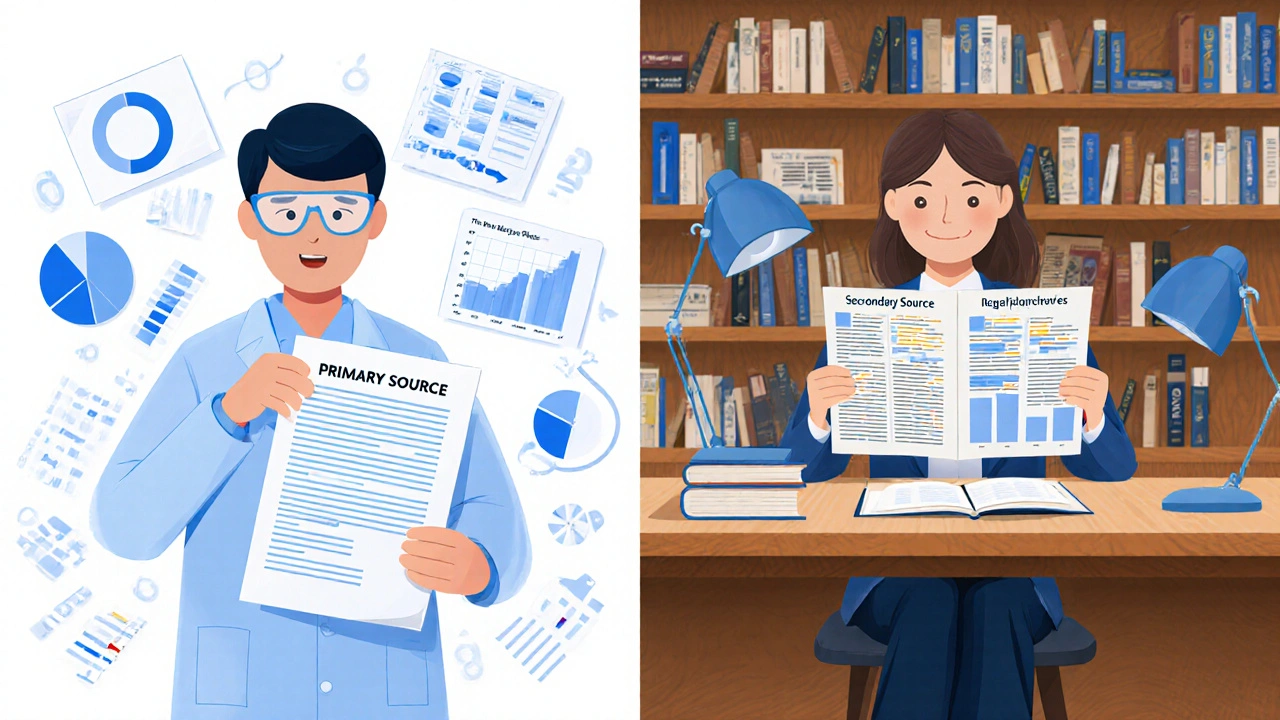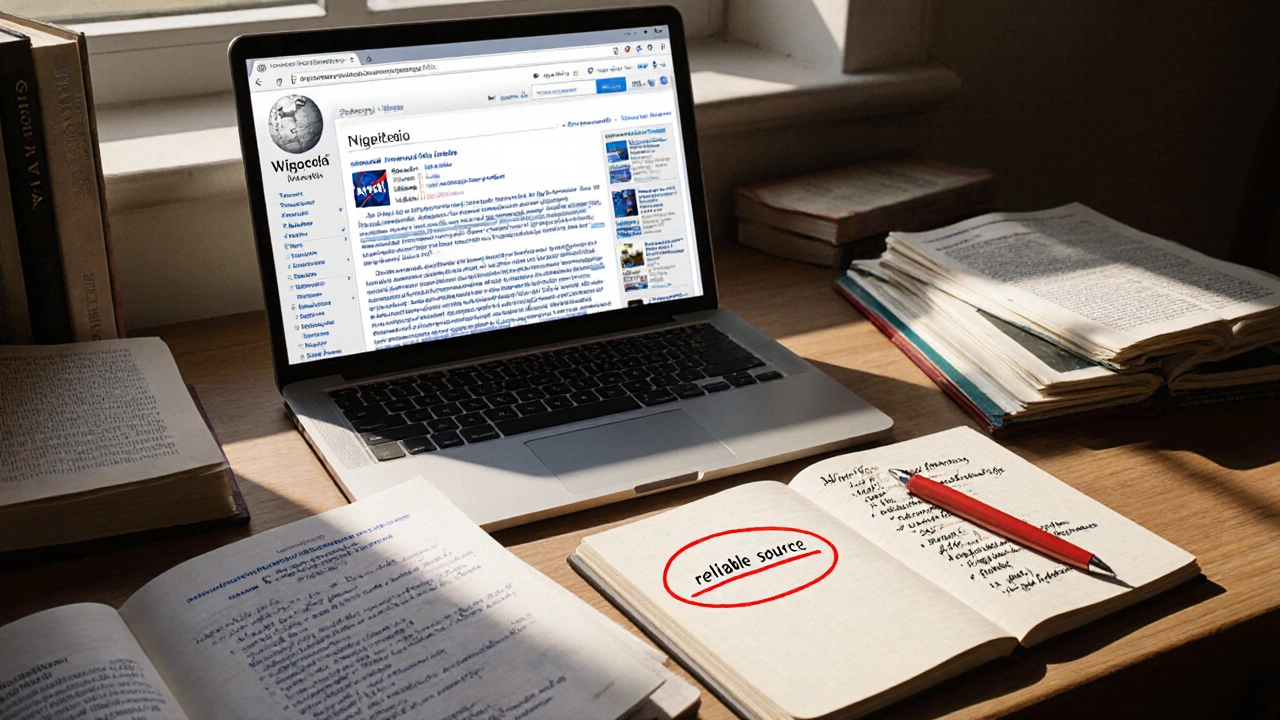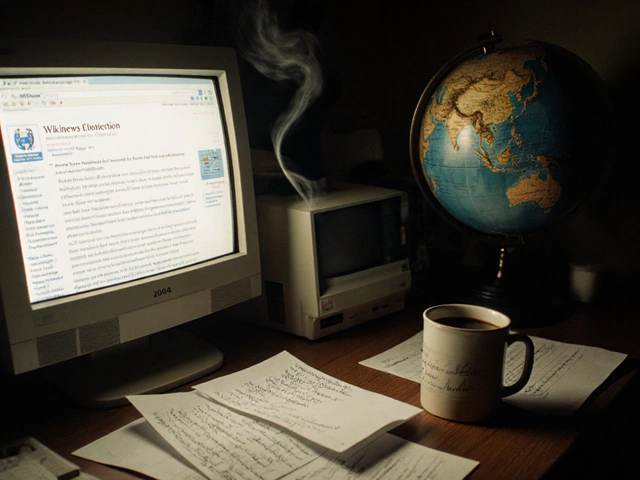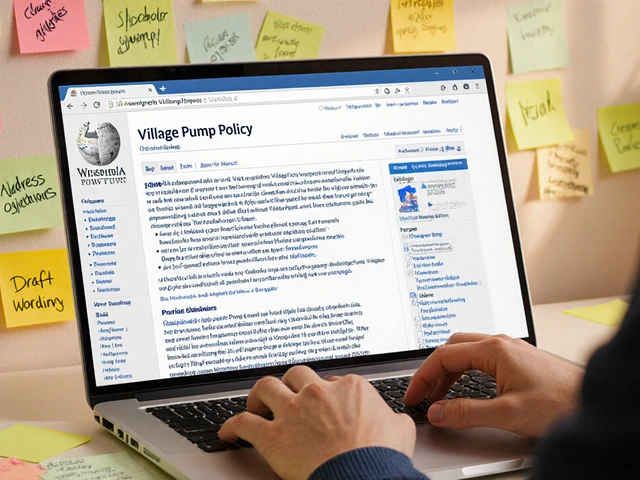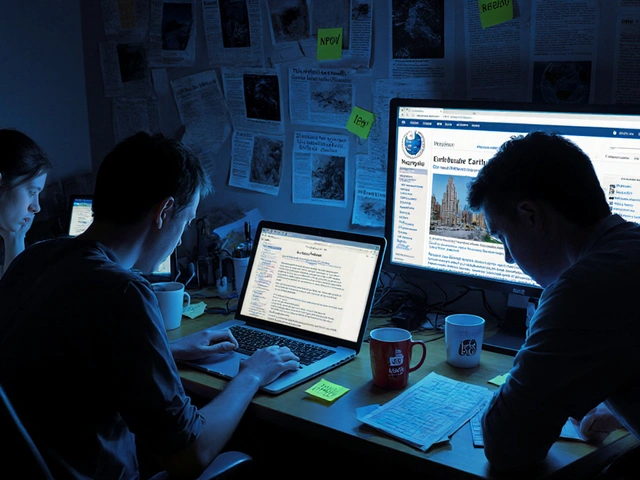Wikipedia sources: How citations, policies, and reliability shape trusted knowledge
When you see a reference on Wikipedia, it’s not just a link—it’s a Wikipedia source, a verifiable, published material used to back up claims in articles. Also known as a reliable source, it’s what separates Wikipedia from guesswork, rumors, and AI-generated noise. These sources aren’t chosen randomly. They’re held to strict standards: they must be independent, published, and authoritative. A blog post doesn’t count. A press release from a company about itself? Usually not enough. But a peer-reviewed journal, a government report, or a major newspaper? That’s the gold standard. Without this system, Wikipedia would collapse under misinformation. It’s why people still trust it more than AI encyclopedias—even when those AI tools answer faster. The difference? Wikipedia shows you where the info came from. AI often just makes it up, then pretends it has a citation.
Behind every good source is a Wikipedia policy, a mandatory rule that guides how content is created and maintained. Also known as verifiability, this policy demands that every factual claim be tied to a source. And it’s enforced by volunteers who spend hours checking references, flagging unsupported claims, and deleting content that can’t be backed up. This isn’t optional. It’s the core of Wikipedia’s reliability. When a journalist uses Wikipedia to find facts, they don’t cite the article—they trace the citations to the original source. That’s the real power: Wikipedia acts as a gateway, not a destination. It points you to books, studies, and news reports you might never find on your own. Then there’s source verification, the process of confirming that a citation actually supports the claim it’s attached to. This is where things get messy. AI encyclopedias often list sources that don’t actually say what the text claims. Wikipedia editors catch this. They check every quote, every statistic, every date. If a source says "50% of people agree," but the article claims "most people agree," that’s a problem. And editors fix it. That’s why some articles take weeks to polish. It’s not about speed—it’s about accuracy. You’ll also find that Wikipedia doesn’t just rely on any source. It weighs them. A minority view gets space only if it’s well-documented in reliable sources—not because it’s popular or loud. That’s the due weight, policy ensuring articles reflect the balance of evidence from credible sources. Also known as neutral point of view, it stops fringe ideas from dominating just because they get more clicks. And when copyright holders demand removals? That’s another layer. Thousands of entries vanish every year—not because they’re wrong, but because someone claimed ownership. Volunteers fight back, arguing for public knowledge. This isn’t just about editing. It’s about protecting access to information.
What you’ll find in these posts isn’t theory—it’s the real work behind the scenes. How volunteers track down obscure regional newspapers to prove a local event happened. How AI is starting to mess up citations by inventing fake sources. How journalists use Wikipedia not as a source, but as a map to real evidence. How licensing rules let you reuse Wikipedia content, but only if you follow the rules. This isn’t a static list of links. It’s a living system, maintained by people who care more about truth than traffic.
Reliable Secondary Sources vs Primary Sources on Wikipedia: When to Use Each
Learn when to use primary versus secondary sources on Wikipedia to make reliable edits. Understand why secondary sources are preferred and how to avoid common mistakes that get your changes reverted.
How to Build Annotated Bibliographies for Wikipedia Article Development
Learn how to build annotated bibliographies using reliable sources to create or improve Wikipedia articles. Understand what counts as credible, how to format entries, and how to defend your edits with evidence.
